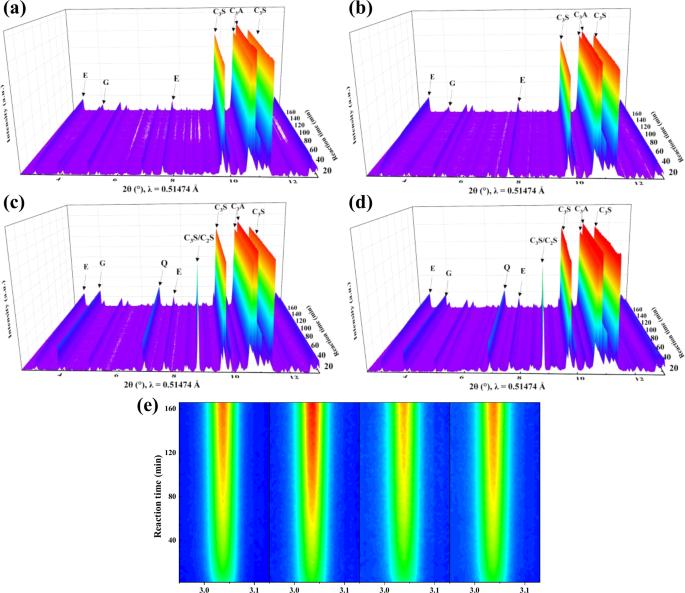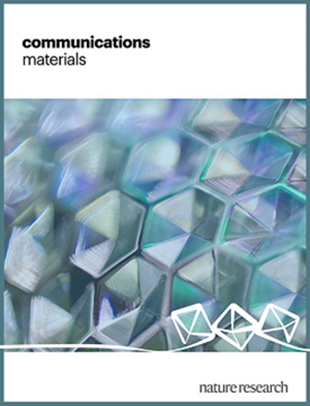Biochar-augmented climate-positive 3D printable concrete
IF 9.6
Q1 MATERIALS SCIENCE, MULTIDISCIPLINARY
引用次数: 0
Abstract
Three-dimensional (3D) concrete printing is a revolutionary technology in the construction industry. Here we show that climate-positive biochar is a carbon-negative additive for decreasing the carbon footprint of 3D printable concrete, while enhancing its performance. As biochar enhanced the effective water-to-binder ratio and served as a substrate for hydrates, the polymerization of hydrates increased in biochar-augmented concrete. The incorporation of 2 wt% biochar enhanced the structural build-up rate of fresh mixtures by 22% at 40 min. The 3D printing tests demonstrated that biochar improved the pumpability and extrudability of mixtures at the initial 20 min, and enhanced the buildability of 3D printed concretes at the after 40 min. The carbon footprint of 3D printable concrete was reduced by 8.3% through incorporating 2 wt% biochar. Thus, we developed a desirable biochar-augmented mixture for 3D concrete printing. Future field-scale application will make substantial contribution to the attainment of carbon emission reduction. 3D printing of concrete is promising for the manufacture of bespoke structures, but the high cement component leads to large carbon dioxide emissions. Here, climate-positive biochar is shown to decrease the carbon footprint of 3D printed concrete, while improving its pumpability, extrudability, and buildability

生物炭增强气候积极的3D打印混凝土
三维(3D)混凝土打印是建筑行业的一项革命性技术。在这里,我们展示了气候积极的生物炭是一种碳负添加剂,可以减少3D打印混凝土的碳足迹,同时提高其性能。由于生物炭提高了有效的水胶比,并作为水合物的底物,水合物的聚合在生物炭增强混凝土中增加。在40分钟内,加入2wt %的生物炭使新鲜混合物的结构堆积率提高了22%。3D打印试验表明,生物炭在前20分钟改善了混合物的可泵性和可挤出性,并在40分钟后增强了3D打印混凝土的可建造性。通过加入2%的生物炭,3D打印混凝土的碳足迹减少了8.3%。因此,我们开发了一种理想的生物炭增强混合物,用于3D混凝土打印。未来的现场规模应用将为实现碳减排做出实质性贡献。3D打印混凝土在制造定制结构方面很有前景,但高水泥成分会导致大量二氧化碳排放。在这里,气候积极的生物炭被证明可以减少3D打印混凝土的碳足迹,同时提高其泵送性、可压缩性和可建造性
本文章由计算机程序翻译,如有差异,请以英文原文为准。
求助全文
约1分钟内获得全文
求助全文
来源期刊

Communications Materials
MATERIALS SCIENCE, MULTIDISCIPLINARY-
CiteScore
12.10
自引率
1.30%
发文量
85
审稿时长
17 weeks
期刊介绍:
Communications Materials, a selective open access journal within Nature Portfolio, is dedicated to publishing top-tier research, reviews, and commentary across all facets of materials science. The journal showcases significant advancements in specialized research areas, encompassing both fundamental and applied studies. Serving as an open access option for materials sciences, Communications Materials applies less stringent criteria for impact and significance compared to Nature-branded journals, including Nature Communications.
 求助内容:
求助内容: 应助结果提醒方式:
应助结果提醒方式:


